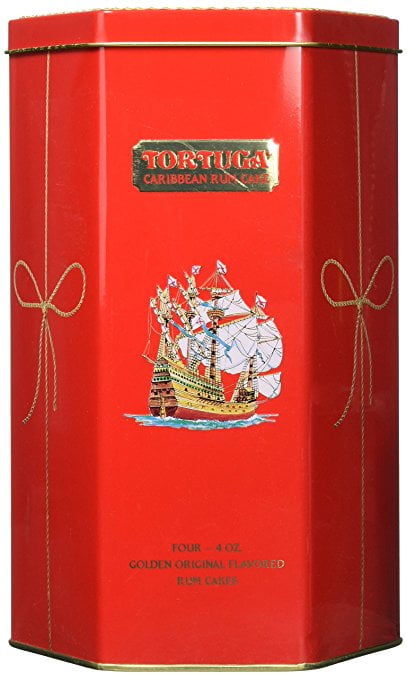

''El Tambor de Cuba'' is one of the most important reissues in recent memory. He made the drummer a regular member of his band.

Gillespie was exhilarated by Pozo's playing, his chanting and the piquancy the Cuban added to the rhythmic mix. Bauza steered Gillespie to Pozo, who joined the trumpeter for a Carnegie Hall concert in September 1947. In 1947 the trumpeter Mario Bauza, a pioneer Cuban émigré who had been a member of Cab Calloway's big band in the late 1930's, heard that Gillespie, a bandmate with Calloway, was organizing a big band and looking for something a bit out of the ordinary to help set it apart. In the late 1940's many Cuban musicians, Chano Pozo among them, immigrated to New York, looking for better-paying jobs and a more cosmopolitan musical community. This is also a large part of what a jazz soloist does, and if one imagined notes put to Pozo's solo flights on the conga, one would be imagining something very like a jazz horn solo. Over a constant underlying pulse, other pulses are layered and then varied, in a kind of rhythmic moiré - first creating rhythmic expectation through repetition, then subverting it. At the heart of what all Cuban (and African) percussionists do is the superimposition of rhythmic patterns. Pozo was also acquiring an imposing reputation on the drum known in Cuba as the tumbadora, or the conga - a lower-pitched drum that was flexible in its use, capable of providing a propulsive boot to the underlying rhythm as well as making variations on top of it. His songs were recorded by important performers like Miguelito Valdés, the Orquesta Casino de la Playa, Machito and even Xavier Cugat. All shared a strong African-derived flavor, involving chanted, incantatory verses and a strong percussive underpinning. Several of them, like ''Blen, Blen, Blen,'' which became something of a standard, ''Arinanara'' and ''El Pin Pin,'' got recorded and became hits.

#Tin tin basic drum beats carribean professional
He also made the acquaintance of several professional musicians and began to write songs. Other instruments - guitars, trumpets, pianos - also functioned percussively.Īs a young man, Pozo danced and played drums on the streets of Havana for tips, as well as taking part in the periodic street carnivals and celebrations that were common in Cuba. As in all music that owes anything to Africa, the drum played a central, defining role. The daily life of that community mixed music, dance, song and ritual underlying it all was the African-based religion usually called Santería, a synthesis of Catholic observance and yoruba ritual, in which deities are represented by specific rhythmic patterns. Pozo was born in 1915 into extreme poverty and raised in the desperately poor Havana district called Solar el Africa, where his father worked as a bootblack.

Interweaving recorded interviews, rare recordings of Cuban pop music from the 1930's and 1940's, hard-edged Latin jazz and very intense Cuban percussion recordings, this set will be a revelation even to knowledgeable fans of jazz and Cuban music. Now a three-CD set, ''Chano Pozo: El Tambor de Cuba'' (Tumbao Cuban Classics TCD 305), charts the career of the elusive Pozo and, along the way, illustrates the connection between American jazz, African rhythms and Cuban music in fascinating detail and with undeniable authority.
#Tin tin basic drum beats carribean series
Known in the United States mainly through a series of incendiary late-1940's recordings with Gillespie, Pozo never became a public figure - he barely spoke English, and he was killed in a Harlem drug dispute in 1948, less than a year after joining Gillespie. To the general public, and even to the jazz public, Pozo was a shadowy figure, more legend than human. What Jelly Roll Morton called the ''Spanish tinge'' - a rumba-flavored pattern of rhythmic accenting - has been an important part of jazz since long before his own 1923 piano recordings of ''The Crave'' and ''New Orleans Joys.'' And, for decades following, recordings like Louis Armstrong's ''Peanut Vendor'' and Duke Ellington's Latin specialties like ''The Flaming Sword'' and ''Conga Brava'' have restated the centrality of those elements.īut no event was more significant, or more fruitful, for jazz's Latin tinge than Dizzy Gillespie's hiring, in 1947, of the great Cuban conga drummer Luciano (Chano) Pozo, a fiery, electrifying performer and composer who was, arguably, more responsible than any other musician for establishing the playing field for Afro-Cuban jazz and, later, what became known as salsa. In New Orleans, regarded by many as the northernmost outpost of the Caribbean, as well as in Cuba, slaves and former slaves from West Africa maintained their percussion traditions, mixing ritual drumming with other elements from Spanish music. IT is a truism that the African elements in jazz's rhythmic language are often delivered with a Hispanic accent.


 0 kommentar(er)
0 kommentar(er)
